Вы здесь
Birds of Zhongar-Alatau Park.
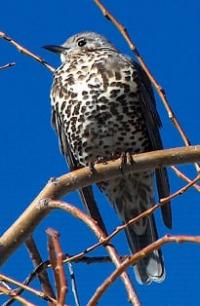
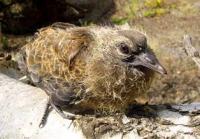
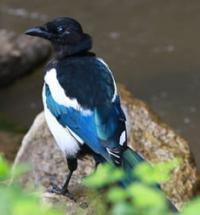
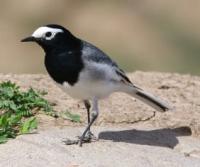
Ornithological tours in Zhongar-Alatau Park.
“In this birch grove,
Far from suffering and troubles,
here pink falters
Unblinking morning light
Where is the transparent avalanche
eaves are pouring from high branches, -
Sing me, oriole, a desert song,
Song of my life"
Nikolai Zabolotsky. “In this birch grove...”
Migrant birds in Zhongar-Alatau Park.
To date, the habitat of 170 species of birds from 16 orders and 44 families has been confirmed on the territory of the Zhongar-Alatau Natural Park. Representatives of 130 species breed in the park. Among the nesting birds, 11 species (black stork, bearded vulture, golden eagle, dwarf eagle, saker falcon, eagle owl, black vulture, kumai, sicklebill, peregrine falcon, hawk owl) are listed in the Red Book of Kazakhstan and the Red Book of Almaty region.
There are no endemic bird species, but there is an endemic subspecies of the gray shrike (Lanius excubitor funereus), which 39 lives only within the Zhetysu Alatau ridge. The total number of monitored bird species is 21 - golden eagle, black stork, black grouse, etc.
Bird species of practical importance include hunting and commercial ones: ducks (smoldering merganser and merganser), chickens (grouse, snowcock, chukar, quail, pheasant), waders (woodcock, snipe), pigeons (pigeon, rocky and rocky, common and large turtledove).
Many of the birds living on the territory of the Zhongar-Alatau Natural Park are rare and poorly studied. Among the migrant birds there are at least 6 species listed in the Red Book of Kazakhstan (spoonbill, bustard, little bustard, brown pigeon).
In the highlands, on the rocks of the alpine and nival zones, large scavenger predators nest (griffon vulture (Gypsfulvus), bearded vulture (Gypaetus barbatus)), raven (Corvuscorax), alpine jackdaw (Pyrrhocorax graculus), pearl finch (Leucostictebrandti), rock pigeon (Columbarupestris) , wall climber (Tichodromamuraria) and others.
The most widespread and widespread (characteristic) (background) species in the territory is the chukar (Alectorischukar), found almost everywhere, with the exception of the nival belt. The Himalayan snowcock (Tetraogallushimalayensis) is characteristic of high-mountain (alpine) meadows and rocks.
Mainly in the alpine zone, without rising to the nival zone, live: golden eagle (Aquilachrysaetos) (it also nests on rocks in the middle mountains), chough (Pyrrhocoraxpyrrhocorax), redstart (Phoenicurusochruros), Himalayan finch (Leucostictenemoricola), alpine accentor (Prunellacollaris).
The subalpine meadows are characterized by the Himalayan Accentor (Prunellahimalayana) and (Anthusspinoletta), the Dancer Wheatear (Oenantheisabellina) and the Stonechat (Saxicolatorquata) are less common, and the inhabitants of the Alpine belt constantly fly in to feed.
Creeping junipers include Juniper Grosbeak (Mycerobascarnipes), (Carpodacusrhodochamys), Pallid Accentor (Prunella fullvenscens), Black-breasted Redthroat (Lusciniapectoralis), Redback Redstart (Phoenicuruserythronotus), Painted Titmouse (Leptopoecilesophiae) and Indian Warbler (Phyllosco). pusgriseolus).
Here lies the upper limit of the distribution of midland inhabitants, such as (Anthustrivialis), common lentil (Carpodacuserythrinus), dull warbler (Phylloscopushumei), etc. The cliff swallow (Ptyonoprognerupestris) nests on the rocks, the spotted rock thrush (Monticolasaxatilis) nests in the rocks, and the common wheatear (Oenantheoenanthe) nests in the steppe areas near the rocks.
The upper part of the middle mountains is most characterized by coniferous forests of Tien Shan spruce and Siberian fir. At least 30 species of birds nest in them, the most characteristic of which are black grouse (Lyrurustetrix), hawk owl (Surniaulula), wood owl (Aegolius funereus), three-toed woodpecker (Picoidestridactilus), nutcracker (Nucifragacaryocatactes), yellow-headed wren (Regulus regulus), tits ( Parussongarus, Parusater), living only in coniferous forests.
In addition to them, a number of species nest in trees: black stork (Ciconianigra), sparrowhawk (Accipiternisus), goshawk (Accipitergentilis), great dove (Streptopelia orientalis), carrion crow (Corvus corone), mistletoe (Turdus viscivorus), gray On the southern slopes, nightjars (Caprimulguseuropaeus), mountain buntings (Emberizacia), etc. nest in places. In the lowlands, steppe areas are characterized by larks (Melanocoryphacalandra, Alaudaarvensis), field pipit (Anthus campestris); For low -mine -subject sections - golden whining (Meropsapiaster), steppe empty (Falconaumanni), hemp (Acanthiscannabina), ordinary daw (Corvusmoneedula), Rook (Corvusfruegiegus), etc. In the valleys of the rivers, masked (Mot acillapersonata) and mountain (motacillacinerea) wagtails , brown dipper (Cinclus pallasii), black-headed remez (Remizcoronatus) and others.
Some bird species with ecological plasticity nest in several altitude zones - the magpie (Picapica) makes nests wherever there is tree and shrub vegetation (from foothill villages to thickets of creeping juniper (more than 2800 meters above sea level), the kestrel (Falcotinnunculus) can nest both on the plain and in the rocks of the Alpine belt.
In settlements and livestock farms located in areas adjacent to the State National Park (protection zone), house sparrows (Passerdomesticus) and tree sparrows (Passermontanus), little owl (Athenenoctua), hoopoe (Upupaepops), rock pigeon (Columbalivia), mynah (Acridotherestristis) nest ) and starling (Sturnus vulgaris).
In spring and summer, rooks and jackdaws are regularly found near human habitation. A number of species are found in the winter: Buzzard (Buteo lagopus), Waxwing (Bombycilla garrulus), Fieldfare (Turduspilaris), Chaffinch (Fringilla coelebs) and others.
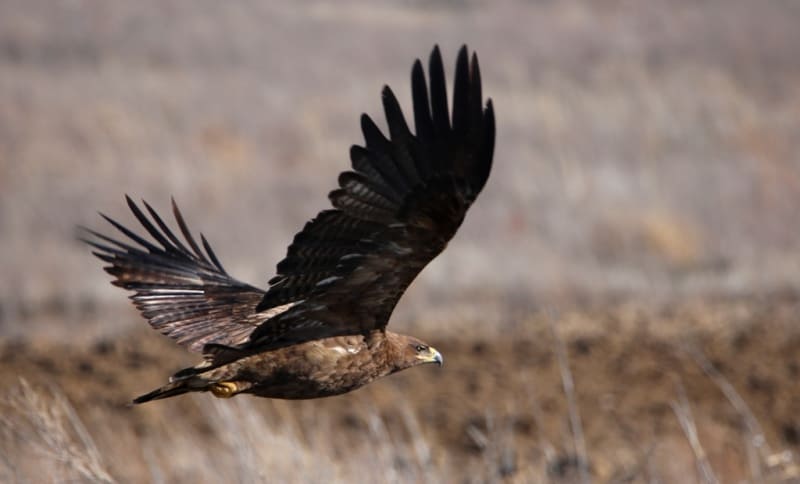
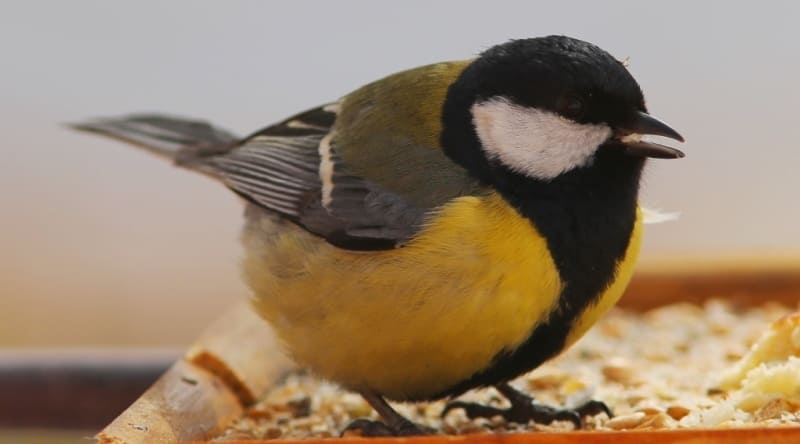
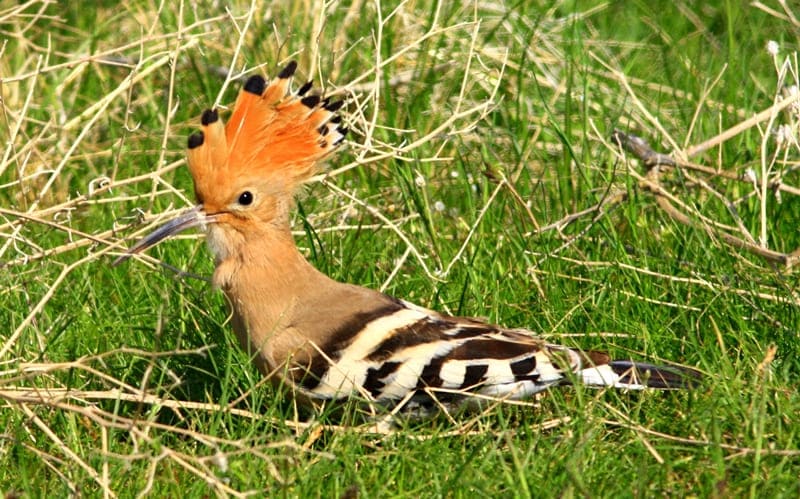
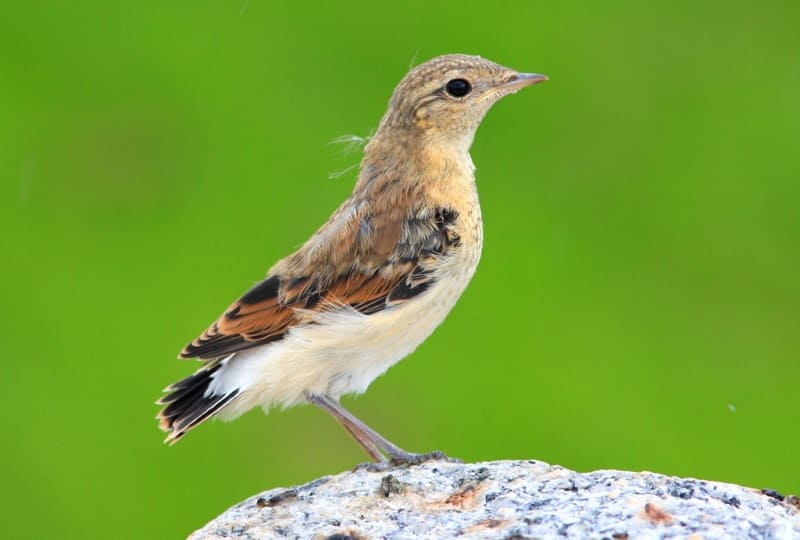
Authority:
“Management plan of the RSU “Zhongar-Alatau State National Natural Park” for 2022 - 2026.
ile:///C:/Users/User/Downloads/%D0%9F%D0%BB%D0%B0%D0%BD%20%D1%83%
D0%BF%D1%80%D0%B0%D0%B2%D0%BB%D0%B5%D0%BD%D0%B8%D1%8F%20%
D0%A0%D0%93%D0%A3%20%D0%96%D0%BE%D0%BD%D0%B3%D0%B0%D1%80%20%
D0%90%D0%BB%D0%B0%D1%82%D0%B0%D1%83%D1%81%D0%BA%D0%BE%D0%
B3%D0%BE%20%D0%93%D0%9D%D0%9F%D0%9F%20%D0%BD%D0%B0%202022-2026%20%D0%B3%D0%B3.%20(1).pdf
Photos by:
Alexander Petrov.







